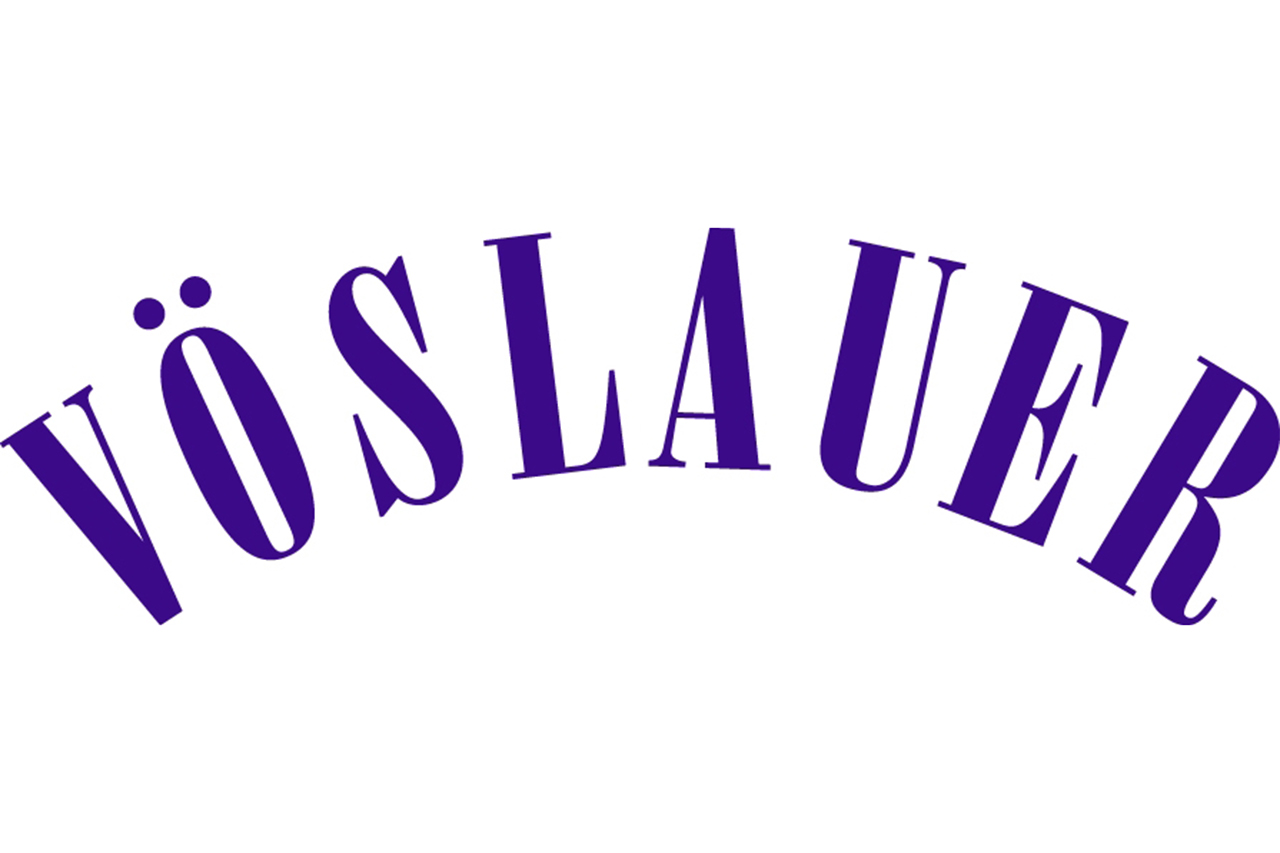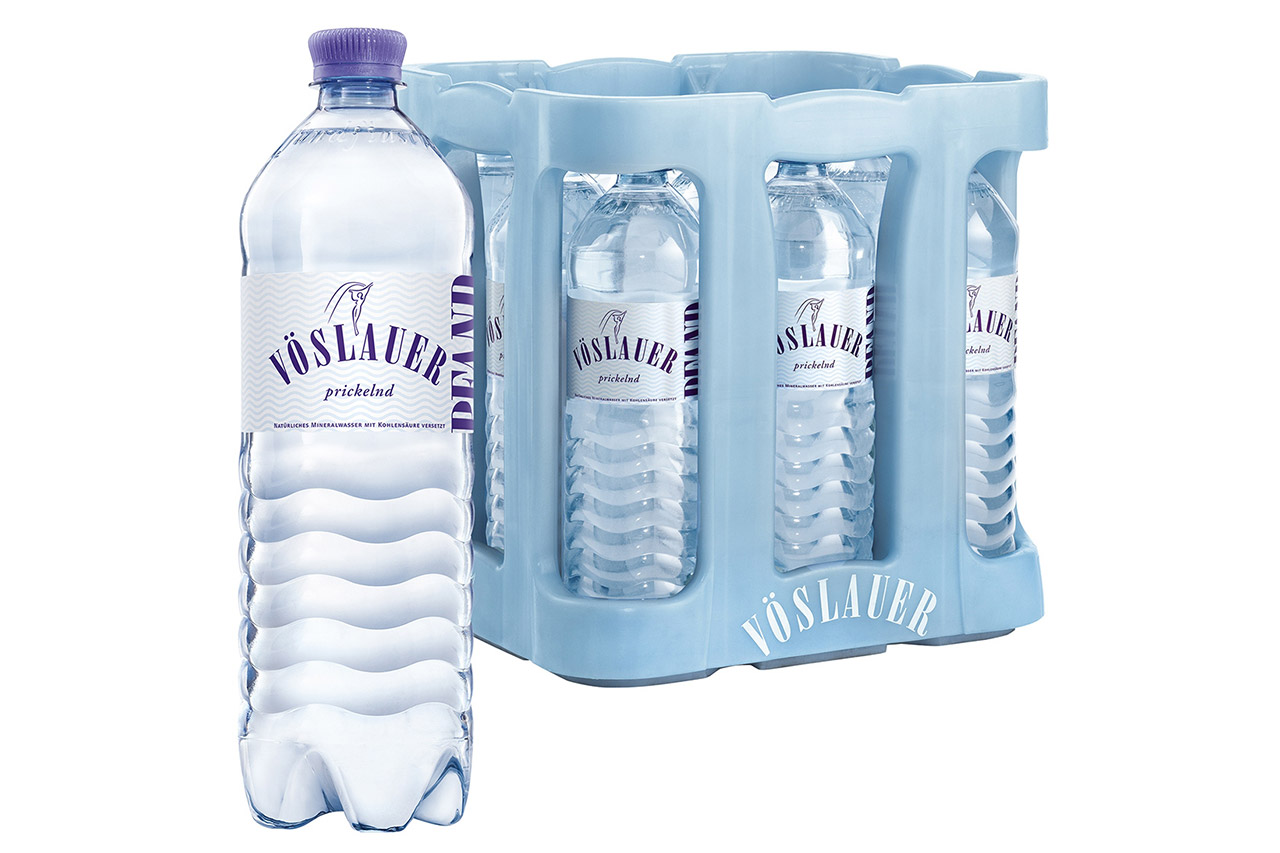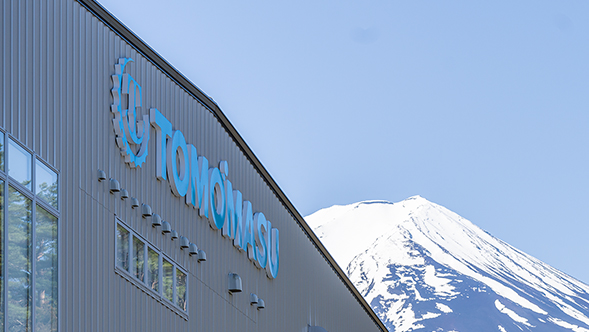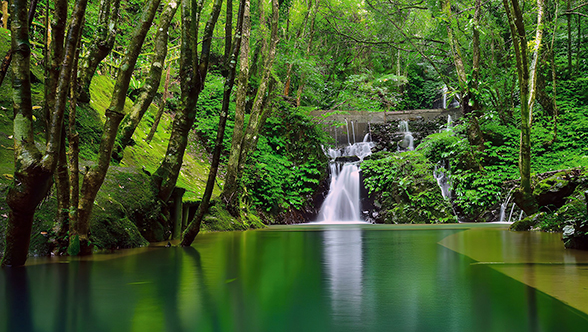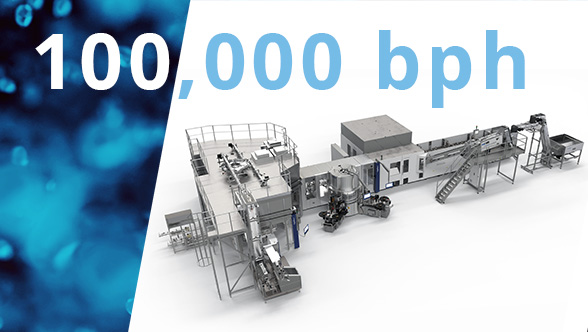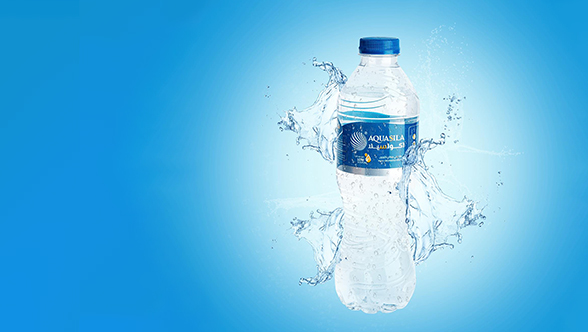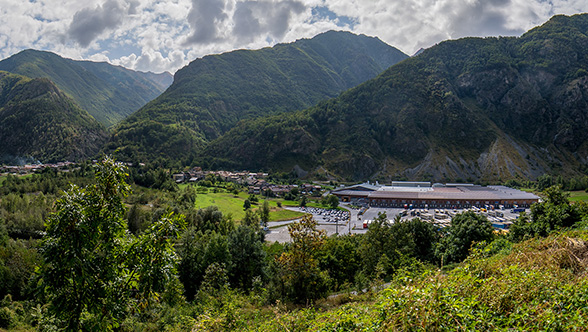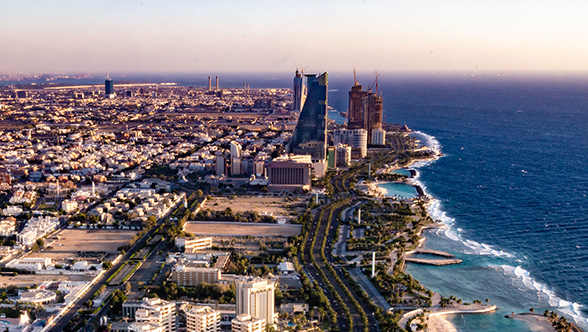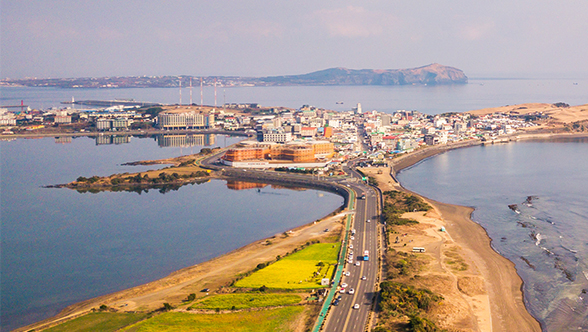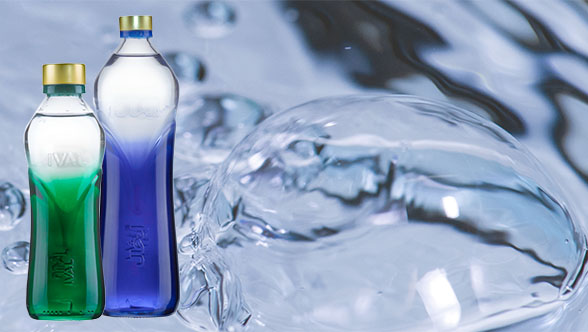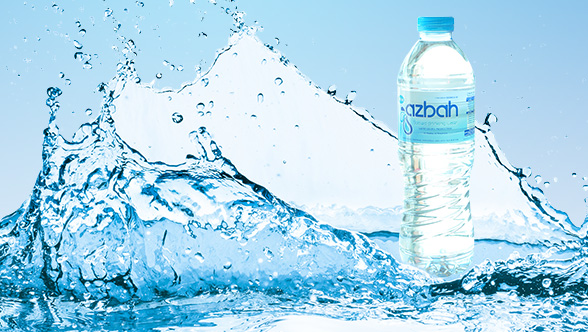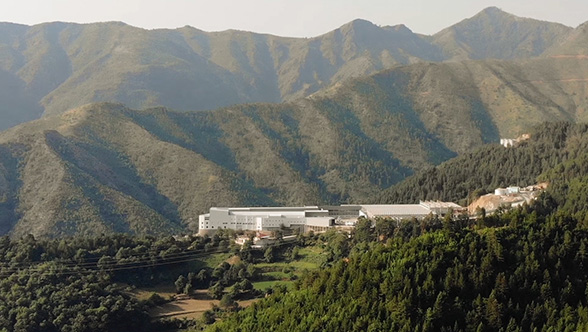The new line in detail
In the revamped line, an existing machine will depalletize crates full of empty bottles. A new MultiCo pack conveyor will then carry them onward to an inspector that includes a reworking station. Immediately downstream, a decapper will remove the screw caps from the returnable bottles. An existing unpacker will then lift the containers out of the crates and place them on the new SynCo container conveyor. The bottles will be accumulated and then single-filed, after which the Sekamat sorting system will separate the bottles based on whether (or not) they can be used for production.
Bottles that are suitable for use will be transferred by way of a vertical conveyor to a platform (or second level), during which time they will be drained of any residual liquid. Upon arrival, the Aircontronic sniffer will check for contaminants using a mass spectrometer. The AirCo air conveyor will then transfer the containers to the Lavatec D4, which will be erected in a separate hall.
Once the bottles are cleaned and their labels removed, a spiral conveyor will move them onward to another platform, where the Linatronic empty-bottle inspector awaits. Bottles that pass inspection will be taken to the filler by way of the AirCo air conveyor. The filler is the confluence of the non-returnable and returnable streams. New returnable bottles will be fed in by way of an unscrambler and an AirCo air conveyor.
An existing Contiroll labeler will continue to dress non-returnable bottles in wrap-around labels. A new Ergomatic will take care of the returnable bottles, applying cold-glue labels. The line currently handles a portfolio of some 20 different bottles. The first stage of the transition to returnable-PET bottles, beginning in 2022, will involve only Vöslauer’s own brand.

